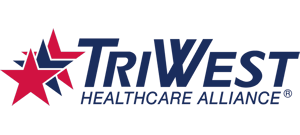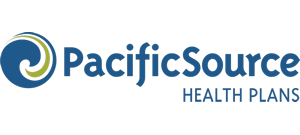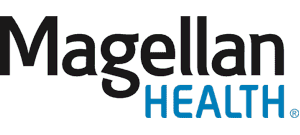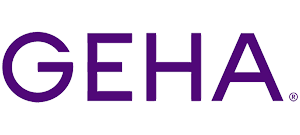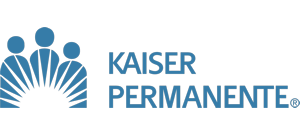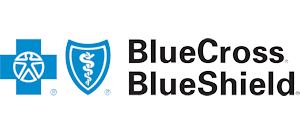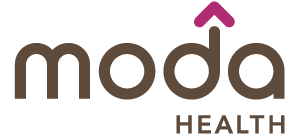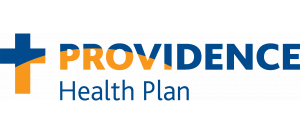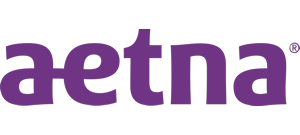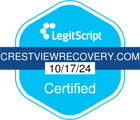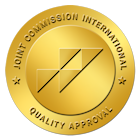Complementary or holistic rehab programs in Oregon are becoming more popular. They are seen as effective treatments for addiction, particularly when combined with other treatments. Art therapy for addiction treatment is often combined with the 12-step program. These two complement each other and allow you to heal in different ways while you are in recovery.
What Is Art Therapy?
Art therapy usually involves a person creating art that is then viewed and discussed with a therapist during individual counseling in Woodburn, OR. This allows you to express yourself differently, and it offers the therapist insights into how you think and possible obstacles.Art therapy may use many mediums, including:
- Painting
- Drawing
- Clay work
- Sculpting
- Collages
Art therapy can be directed or undirected. Often this will vary from session to session. With the directed approach, you are given a specific scenario to create. It could be your safe places, a situation you dealt with when using, how you feel when using or coming down, etc. Undirected means that you are free to create whatever you wish, without judgment.
What Are the Advantages of Art Therapy for Addiction Treatment?
There are many advantages of art therapy. They include:
- Effectiveness
- Work through emotions
- Stress reduction
- Creating openness to treatment
- Complimentary with other treatments
Effectiveness
Art therapy for addiction treatment is quite successful. The American Art Therapy Association acknowledges the role that art can play in addiction therapy. Many studies have shown the benefits of art therapy, citing many emotional and psychological benefits that can lead to positive changes and aid recovery.
Working Through Emotions
One of the reasons a person often becomes an addict is because they find their emotions hard to deal with. It’s simpler to numb or mass them with the help of alcohol or drugs. However, this ends up creating even more negative emotions, beginning a vicious cycle. Art therapy can allow you to express your feelings differently.
You may find it difficult or impossible to put them into words but quickly drawn or painted. This expression and feeling understood can help you ultimately recognize these emotions and let them go.
Stress Reduction
Stress is another component that drives people to addiction. It allows them to escape stress just as they escape emotions temporarily. However, stress increases and addiction adds to the problem. Patients in recovery have a lot of stress to deal with as they battle addiction, but they also lack the proper coping skills. Often the ability to reduce stress and self-soothe is lost in the process of addiction. Relapse prevention programs in OR utilize the advantages of art therapy to reduce stress.
Art therapy is very calming and relaxing. It helps to relieve stress and teaches you how to self-soothe. Imagine picking up a brush when you are stressed instead of a bag or pill. It sounds like a nice change, right?
Creating Openness to Treatment
Art therapy creates an openness to treatment. It gives you a chance for introspection. This allows you to consider your life and your choices in a new light. It creates greater self-awareness, which often leads to a realization that treatment is truly needed. Once you accept that you need treatment, it’s much easier to be open to receiving it.
Complementary With Other Treatments
One of the great things about art therapy is that it works well with other addiction treatment therapies. It’s thought to be very useful when combined with Portland’s psychotherapy for substance use, a 12-step program, or both. In addition to being complementary, art therapy can easily be continued as a form of aftercare or at home as a way to relieve stress and self-soothe.
Building Healthy Relationships
When you start to recover from addiction or mental health concerns, you may discover that some of your past relationships were less than healthy.
Examine each relationship – sometimes it’s not just connections with drug dealers or drinking buddies that get you into trouble. People who are very close to you can contribute to an unintended relapse. For example, you could have a co-dependent relationship with a family member or an employer that has been enabling you. If you maintain these relationships, your chances of relapsing are increased.
It’s essential to develop healthy friendships and relationships and while maintaining a supportive network of family and friends. If you are finding it difficult to make new and sober friends, try going to support group meetings or take an art class!
Art Therapy for Addiction Treatment at Crestview Recovery
Contact Crestview Recovery to enroll in art therapy for addiction treatment. Art therapy can be a great way to begin overcoming your addictions, in addition to our twelve-step program and other complementary treatments. If you’re ready to start the road to recovery, call us today at 866.262.0531. Our addiction specialists will design a program that fits your needs.













